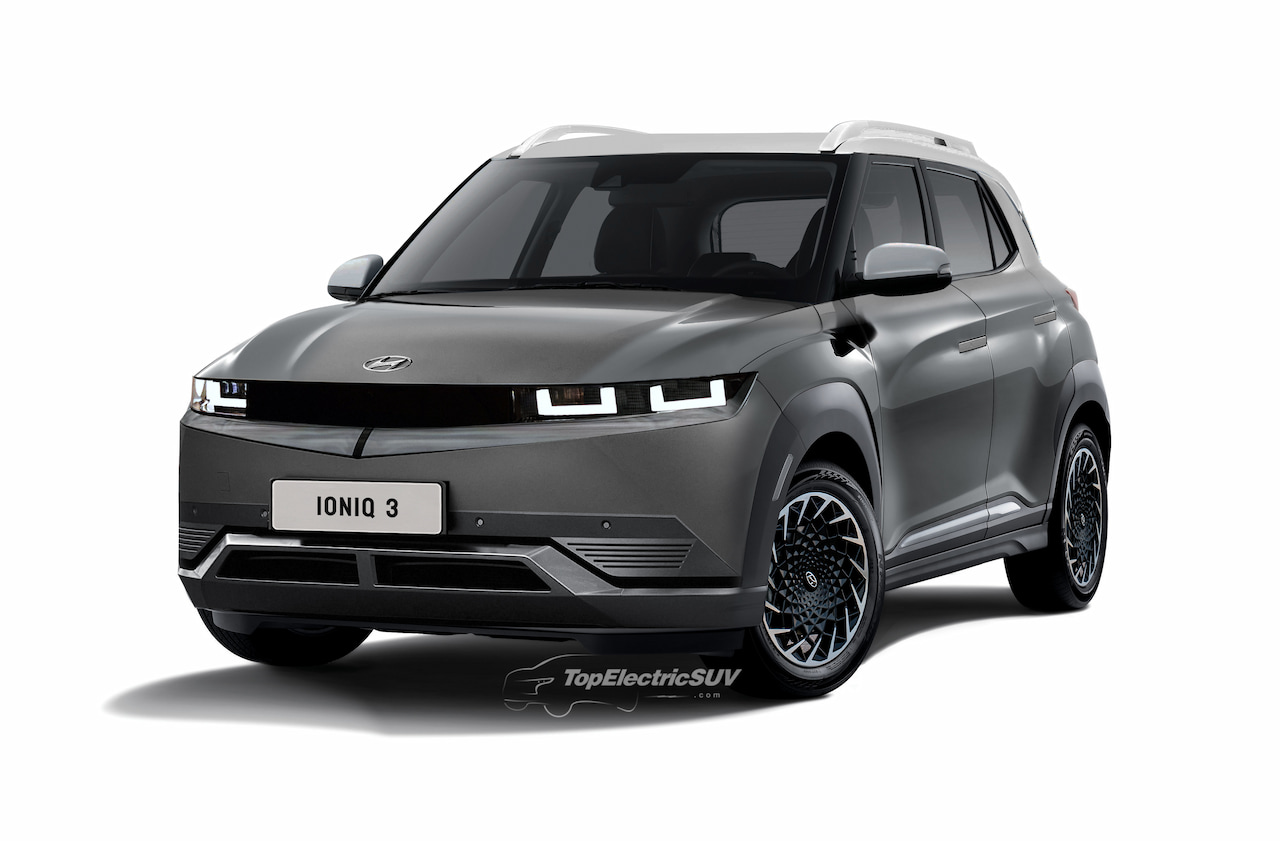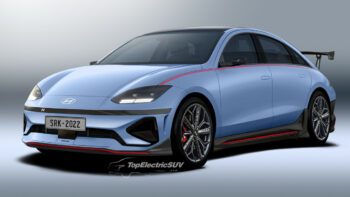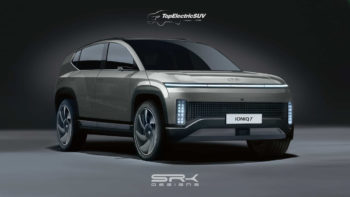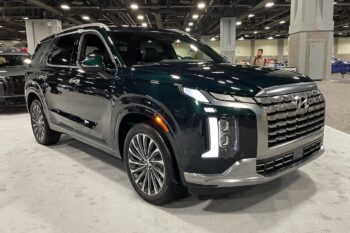Update: ‘Hyundai eM platform’ section revised, new image+caption added, and all sections edited to reflect the latest developments.
Hyundai Motor Group’s new plant in Singapore will be a shot in the arm for the brand and boost its manufacturing prowess. The Straits Times reported on October 13, 2020, that a Hyundai Ioniq 3 electric SUV is in the pipeline. It is expected to be rolled out of the company’s plant in Jurong, Singapore, as its new entry-level electric car.
As the Singaporean factory has limited capacity and is an assembly plant, we’re certain that the company plans full-scale production of the Ioniq 3 at its global facilities and will offer it as the entry-level SUV in almost every major market in the next couple of years. Here’s our round-up of Hyundai’s smallest future electric SUV.
Design boss talks about an Ioniq 3
Simon Loasby, Head of Hyundai Style Group, Hyundai Motor Group, indicated to CarExpert back in July 2022 that the company’s plans for smaller Ioniq models in the future, with the smallest model likely being the Ioniq 3.
In the Australian report published on July 14, 2022, Loasby (currently the VP of HMG Global Design Division) said that smaller EV models under the Ioniq nameplate will be announced, boasting segment-leading wheelbase and the brand’s signature ‘Parametric Pixels’ design element. He added that a full bandwidth of Ioniq models is possible, given that they can adhere to the company’s design pillars of the longest wheelbase, sustainability, and Parametric Pixels forming a signature motif.
Design
Hyundai will be launching a range of numerically named EVs under the new brand, with the even numbers used for sedans and the odd numbers for SUVs.
Hyundai announcing the Ioniq brand on August 10, 2020
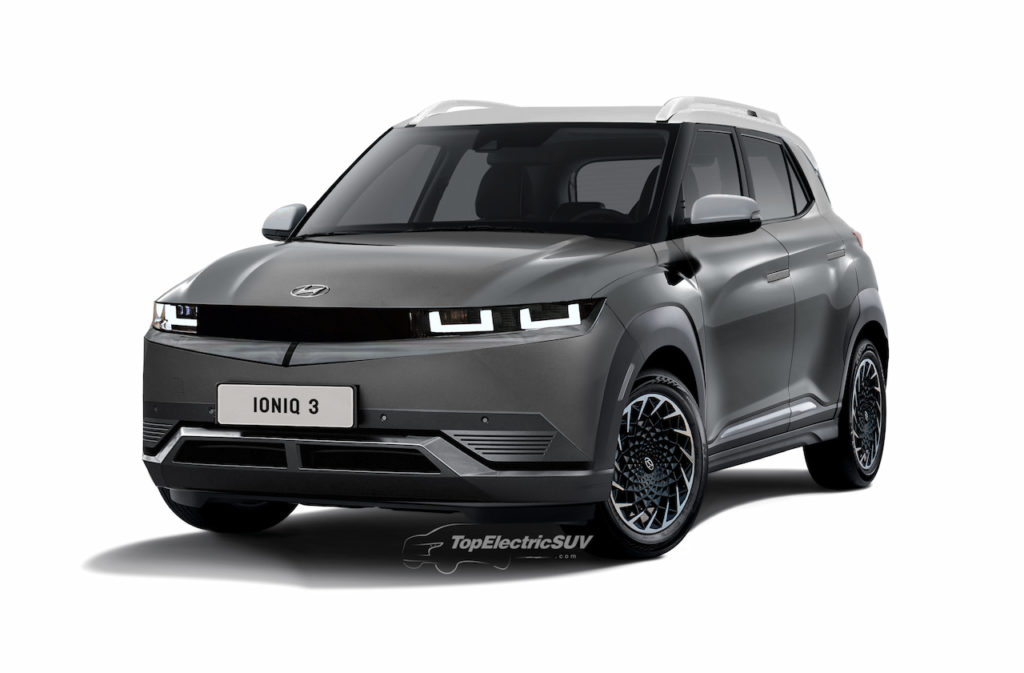
The Hyundai Ioniq 3 electric crossover will slot under the Ioniq 5 in both price and size. Nevertheless, this Hyundai is likely to benefit from the basic specification of the Integrated Modular Architecture (IMA), making the cabin roomy thanks to a stretched-out wheelbase and a flat floor.
Though they share the majority of the components, the Ioniq 5 and Ioniq 6 are both unique in their own ways. Hyundai might create a slightly different design for the Ioniq 3, which could be muscular and emotional. Our unofficial render (pictured above) presents the Hyundai Ioniq 3 as a small electric crossover with modern Hyundai design elements like digital lights and aerodynamic alloys. Like in the VW ID.3, expect the bonnet length to be short, and the A-Pillar to be pushed forward to free up cabin space.
To be assembled in HMGICS
The Hyundai Motor Group Innovation Center in Singapore (HMGICS) currently rolls out the Hyundai Ioniq 5. It is worth noting that this facility is just assembling the EV from completely knocked-down kits (CKDs), not conducting its full-scale production.
In the future, HMGICS will assemble the Hyundai Ioniq 6 and Hyundai Kona EV, The Straits Times reported on January 11, 2023. On October 13, 2020, the local publication had reported that it will build even the yet-to-be-announced Ioniq 3.


The Singaporean plant should become Hyundai’s production site for domestic sales and regional exports, including shipments to the neighboring ASEAN countries. The annual production capacity is expected to be around 30,000 units. Singapore will probably get 5,000-6,000 units, and the remaining allocated towards exports.
Hyundai eM platform
The Hyundai Ioniq 3 will ride on the upcoming Integrated Modular Architecture (IMA), a new platform evolving from the Electric Global Modular Platform (E-GMP) in 2025. Two versions of the IMA are planned: eM and eS. eM will spawn passenger vehicles like the Ioniq 3, and eS will underpin purpose-built vehicles or PBVs.
We will introduce ‘Integrated Modular Architecture (IMA), which standardizes and modularizes core EV components such as batteries and motors while making improvements on the existing platform (E-GMP). IMA, which will be introduced in 2025, will be a passenger car platform, known as eM and a platform dedicated for PBVs, or eS.
Jaehoon Chang, President & CEO, Hyundai Motor Company (2022 CEO Investor Day on March 2, 2022)
Hyundai will purpose the eM platform for entry-level and premium models. The new platform will offer more safety than E-GMP, thanks to AI-based real-time diagnosis for battery safety, Jaehoon Chang, President and CEO, Hyundai, revealed in his 2023 CEO Investor Day presentation on June 20, 2023.
Albert Biermann, Hyundai Motor Group’s former R&D boss, who now serves as its Executive Technical Advisor, told Auto Express in 2023 that the Ioniq 5 is the smallest EV based on E-GMP. Thus, he indicated that any smaller bespoke EV arriving later this decade would have to be based on the eM platform.
A Hyundai Ioniq 3 N?
Biermann indicated that a potential compact EV like the Ioniq 3 should have an N variant as well, with an 800-volt architecture. He said that 800-volt architecture is a must-have for all future Hyundai N models, which decreases the weight and installation space of an EV’s cabling space and weight, and speeds up its charging time.
eM EVs will come with features never offered in the E-GMP EVs, such as B-pillarless and swing door, a pop-up display, a swivel seat in the first row, a long-sliding seat in the second row, a built-in air purifier, L3+ autonomous driving, Remote Smart Parking Assist 3 (RSPA3), and controller firmware OTA updates. The Ioniq 3 has a stiff cost target, and for this reason, it may not receive the best features of the platform.
Class-leading wheelbase
While autonomous and comfort features may not be of the highest standards, the Ioniq 3 will feature a long wheelbase that offers more space than its ICE counterpart and even other comparable EVs. Dedicated EV platforms allow a wheelbase longer than similar-sized ICE models. Hyundai design boss SangYup Lee has said all Ioniq EV models will have a best-in-class wheelbase, as per a report from Car And Driver.
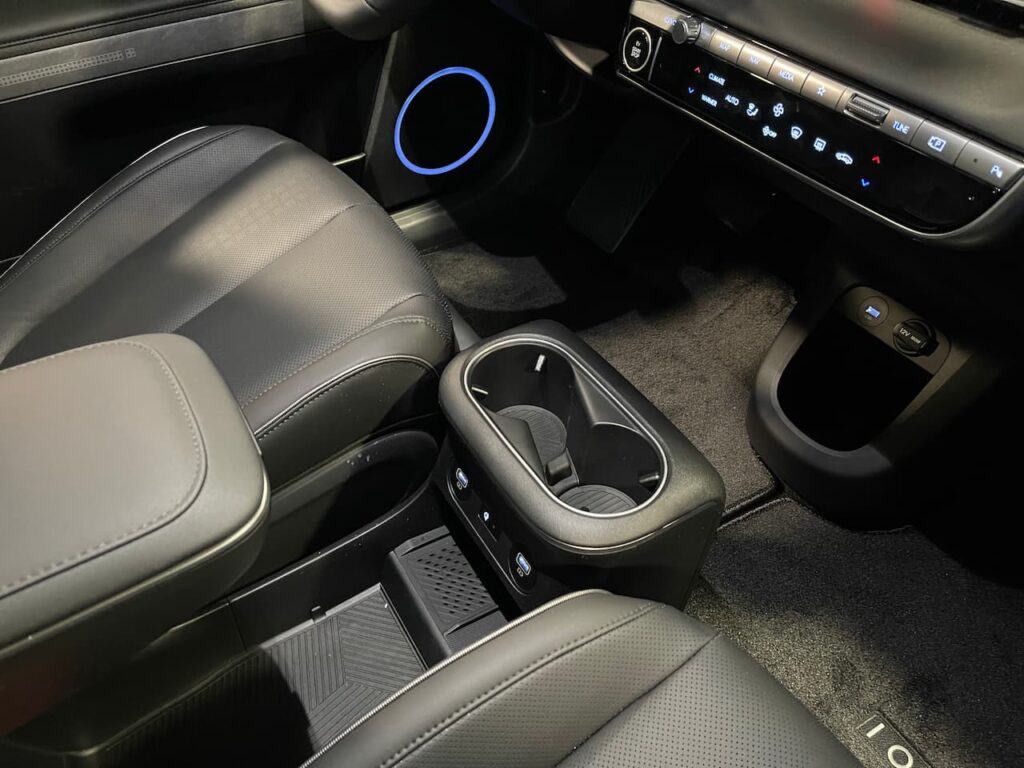
Officially, we already know that the eM platform will maximize space and convenience to offer an improved customer experience (compared to E-GMP). Expect a surprising level of knee room for the rear-seat passengers for a car of its length in the Ioniq 3. Lee said that the space revolution is the key for electric vehicles and utilizing the freed-up space opens up many new possibilities for designers. If not a movable island, the Ioniq 3 is expected to feature a large storage console between the seats.
Cell-to-pack
eM platform-based electric cars will feature a new battery system, Cell-to-Pack. Unlike the current Cell-to-Module battery system, it will be devoid of battery modules, which will increase energy density, reduce cost, and improve charging time. Hyundai is considering the ‘Cell-to-Frame’ battery system as well, in which the battery cells are a part of the chassis.
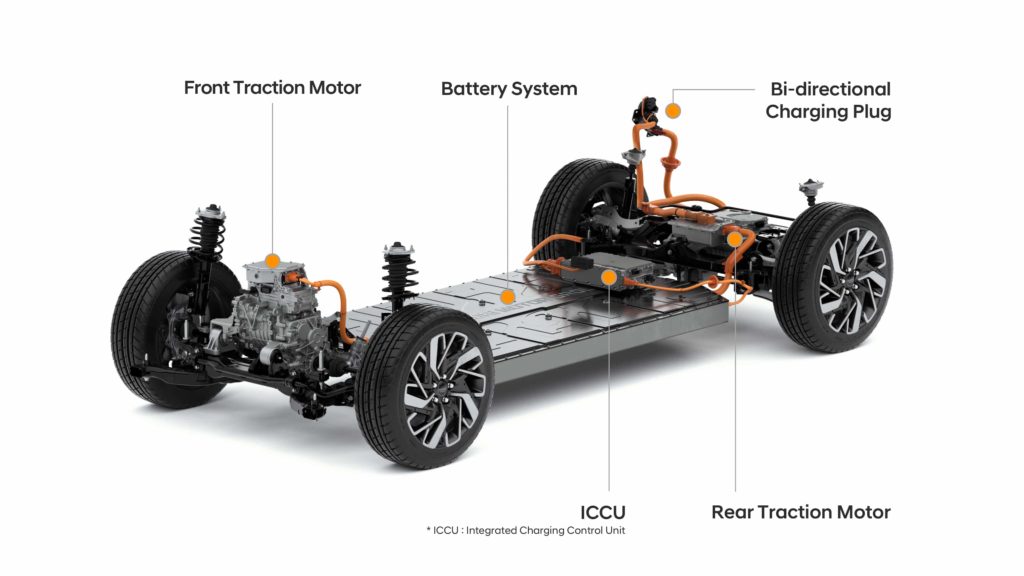
Currently, Hyundai uses a different battery pack for different models. When it moves to the eM and eS platforms, it will switch to new standardized packs developed based on the modular system method. There will be nine types of battery packs in total, six 800-volt units for the eM platform-based models and three 400-volt units for the eS platform-based models. Hyundai will use both NCM and LFP cells in the eM platform-based entry-level EVs, but only NCM cells in the eM platform-based performance EVs.
We plan to improve energy density by Cell-to-Pack method, and Cell-to-Frame method is also being considered, which is the method of mounting batteries directly to the chassis. On the top of that, the cost of battery system will be reduced by maximizing standardization and commonization based on IMA strategy. The overall speed of charging time, one of the important factors of EVs, will continue to improve as well.
Jaehoon Chang, President & CEO, Hyundai Motor Company (2022 CEO Investor Day on March 2, 2022)
Hyundai expects the cost of the NCM cell batteries in the eM EVs to be 40% lower compared to the NCM cell batteries of EVs based on the E-GMP. It aims to achieve this significant reduction in cost by 2030, the year it plans to commercialize solid-state battery technology.
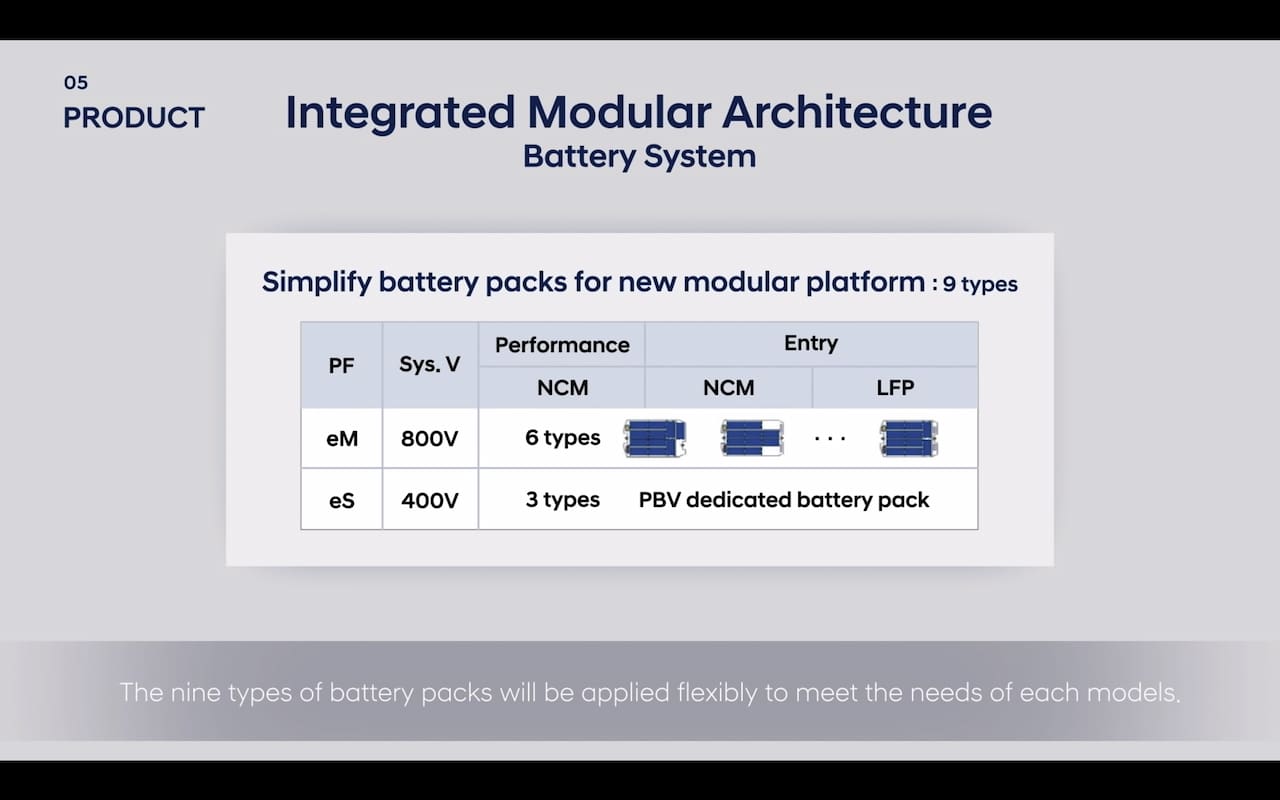
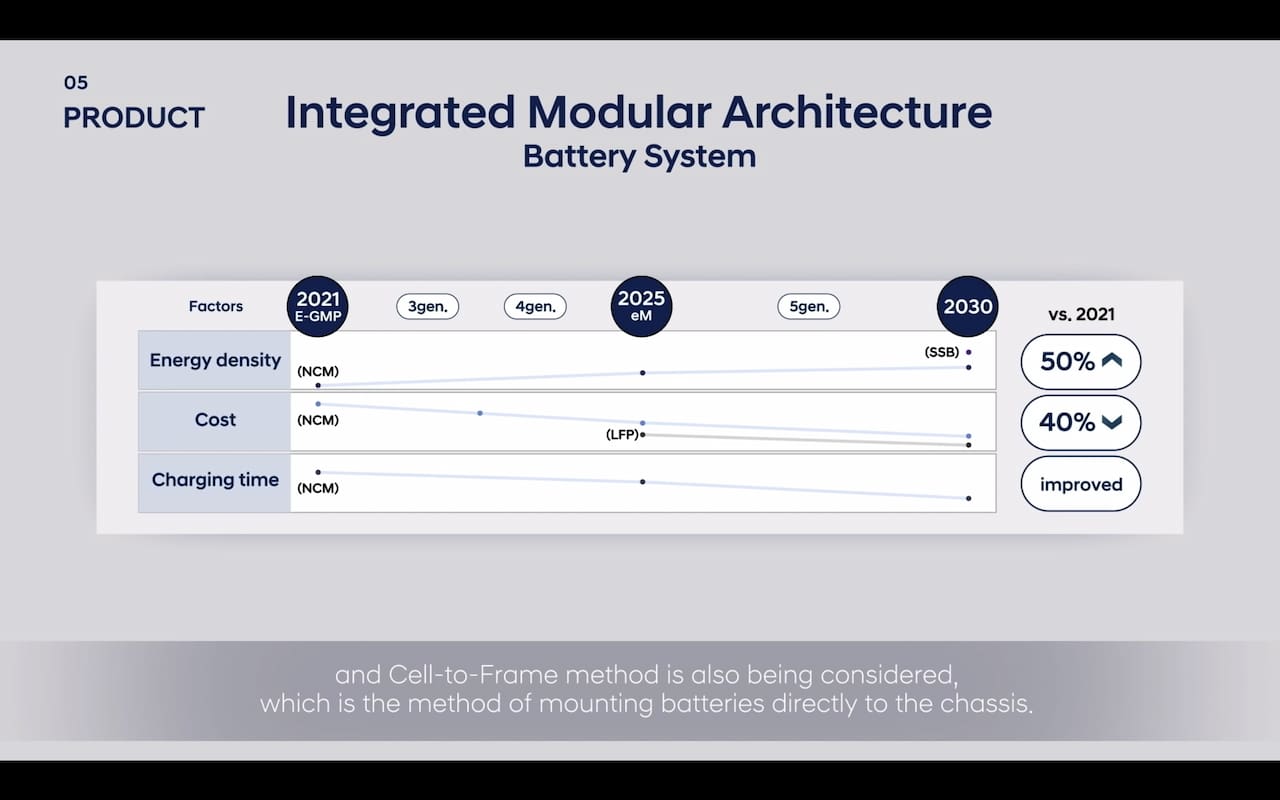
LFP battery
Unlike the E-GMP EVs, the eM platform EVs will be available with battery packs comprising LFP cells, too. The Ioniq 3 should be the main recipient of this low-cost battery.
On November 6, 2023, The Korea Herald reported that Hyundai Motor Group is planning to develop its own lithium iron phosphate (LFP) batteries by 2024, aiming to introduce them in entry-level products by 2025. This strategic move is reportedly aimed at reducing reliance on Chinese-manufactured batteries. The report also noted that Hyundai had initiated collaborations with Korean-based battery manufacturers starting in 2023 to reach this goal.
Motors
Hyundai is planning a modular motor system for a family of five types of motors, four 800-volt units for the eM platform-based EVs and one 400-volt unit for the eS platform-based EVs. The company says that the new modular motor system will reduce energy loss, cost, and weight.
Motor systems will be operated in five types in accordance with the needs of each model and platform. Based on this standardized motor system, we will continue to improve competitiveness in terms of performance, price, and weight.
Jaehoon Chang, President & CEO, Hyundai Motor Company (2022 CEO Investor Day on March 2, 2022)
Hyundai’s future EV models
Although the Ioniq 3 has not been confirmed, TopElectricSUV understands that Hyundai has filed a trademark application for Ioniq models ranging from 1 to 10. Moreover, the brand stated previously that odd numbers were reserved for crossovers or SUVs, while even numbers denoted sedans.
At the 2023 CEO Investor Day, Chang announced that the company has raised the EV sales target to 2 million units. He also revealed that the eM platform will underpin 13 EVs launched between 2025 and 2030, four of which will be Hyundais.
The next big Hyundai launch will be the Ioniq 7, scheduled in 2024, HMG confirmed in an announcement on April 11, 2023. In the same announcement, it also revealed that the Group-wide EV line-up (Hyundai, Kia, and Genesis) in 2030 will consist of 31 models. These would include the Kia EV3, Kia EV4, Kia EV2, and Genesis GV90.
Hyundai Ioniq 3 FAQs
What is the Hyundai Ioniq 3 release date?
The Ioniq 3 is expected to arrive in the global market by 2026.
What will be the Hyundai Ioniq 3 price?
Expect the Hyundai Ioniq 3 to be priced in the region of EUR 25,000, positioned below the Kona EV.
What are the future rivals of the Hyundai Ioniq 3?
The Skoda Urban SUV, VW ID.2 SUV, Renault 4 EV, and the new Fiat Panda EV.
Featured Image Source: TopElectricSUV’s rendition of the Hyundai Ioniq 3.
